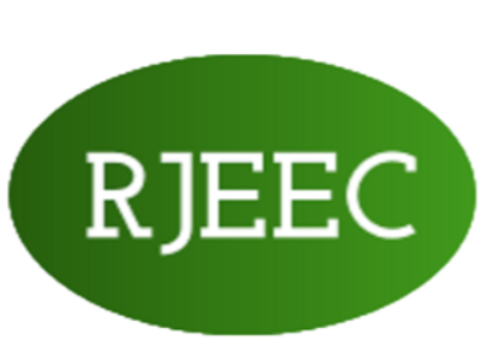
LDH-GO composites as catalysts for the oxidative removal of indigo carmine dye from wastewater
Authors: ALEXANDRA ELISABETA STAMATE, RODICA ZAVOIANU, OCTAVIAN DUMITRU PAVEL, ANCA CRUCEANU, MIHAI COSMIN COROBEA, MARIANA OSIAC, NICOLETA CIOATERA
Keywords: advanced oxidation, Ce-modified hydrotalcite, graphene oxide, indigo carmin, layered double hydroxide
https://doi.org/10.21698/rjeec.2020.201Herein, we present the results of our researches focused on obtaining composites with enhanced affinity for indigo carmine (IC) by combining two different 2D materials e.g. graphene oxide (GO) and a Cerium modified layered double hydroxide (LDH), which could act as catalysts for the oxidative removal of IC, both under ultrasonic irradiation and under conventional stirring, using H2O2 as oxidation agent. Three Mg3Al0.75Ce0.25 LDH-GO composites bearing different concentrations of GO in the range of 5-15 wt.% abbreviated as HT3Ce-xGO where x stands for the concentration of GO (x=5,10,15% wt. GO) have been prepared and characterized by XRD, SEM, Raman and DRIFT spectroscopy. The XRD patterns of HT3Ce-xGO solids have revealed the formation of nanocomposites with fine particles of CeO2 (Scherrer dimensions around 3 nm) embedded in the 2D layered structure of LDH-GO. CeO2 phase was favored by the increase in GO content for all investigated composites. The size decrease of the solid particles with the increase of GO content was proved both by SEM and DRIFT analyses. Raman spectra proved the incorporation of GO in all composites. The results of the catalytic tests showed, without any doubt the activation effect of the ultrasonic irradiation which allowed doubling the dye removal percentage (DR%) in the first 30 minutes of reaction time. For the most active catalyst, HT3Ce-15GO, the COD after 30 minutes reaction time under ultrasonic irradiation was 221 mgO2/L, while TOC was 93 mgC/L marking a decay of 61.6% for COD and 46.2% for TOC.



